ASME B30.10 Сертифицированные крючки
2025-08-06
In the high-stakes world of lifting operations, where tons of material hang suspended above people and property, failure isn’t an option. At the absolute heart of this critical connection between crane and load sits the crane hook. And not just any hook will do. When lives and assets are on the line, specifying and using ASME B30.10 certified crane hooks is non-negotiable. This isn’t just a recommendation; it’s often a legal requirement and always a cornerstone of safety.
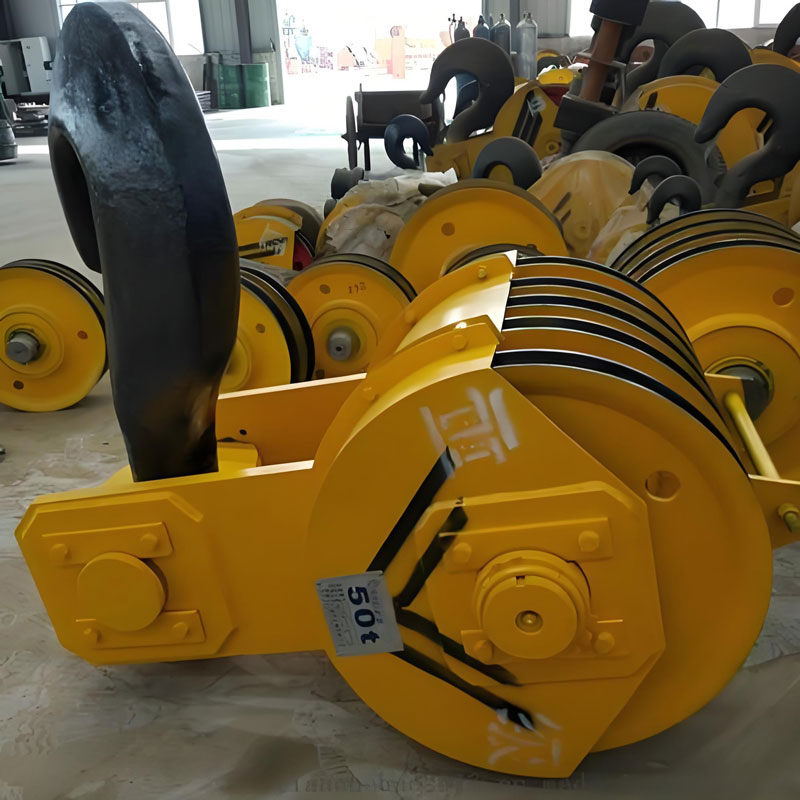
Why ASME B30.10? The Standard for Safety
The ASME B30.10 standard, part of the comprehensive ASME B30 Safety Standard for Cableways, Краны, Derricks, Hoists, Крючки, Jacks, and Slings, provides the definitive rules governing the design, manufacture, осмотр, тестирование, обслуживание, and operation of hooks. Certification to this standard signifies that a hook has been rigorously evaluated and proven to meet or exceed stringent safety criteria.
What Does ASME B30.10 Certification Guarantee?
When you see a hook marked with its rated capacity and bearing the manufacturer’s name or trademark, along with traceability to ASME B30.10, you’re assured of several critical factors:
- 1. Robust Design & Engineering: The hook is designed based on proven engineering principles to handle its rated load safely, considering factors like stress distribution, material fatigue, and potential side-loading scenarios.
- 2. Высококачественные материалы: Only suitable materials with verified strength, toughness, and durability characteristics are used.
- 3. Rigorous Manufacturing: Production follows controlled processes, including precise forging or machining, to ensure consistency and eliminate defects.
- 4. Mandatory Proof Testing: Every single hook must undergo a proof load test at a minimum of 125% of its rated capacity before leaving the factory. This test verifies its structural integrity under significant stress.
- 5. Non-Destructive Examination (NDE): Critical areas of the hook are inspected using methods like magnetic particle testing (MPT) to detect surface and near-surface flaws invisible to the naked eye.
- 6. Clear Marking & Прослеживаемость: Certified hooks are permanently marked with essential information: Номинальная нагрузка, Manufacturer ID, and often a unique serial number or heat code. This allows traceability back to manufacturing and test records.
- 7. Defined Load Rating: The rated capacity is clearly established based on the hook’s design, material, and testing, preventing dangerous overload situations.
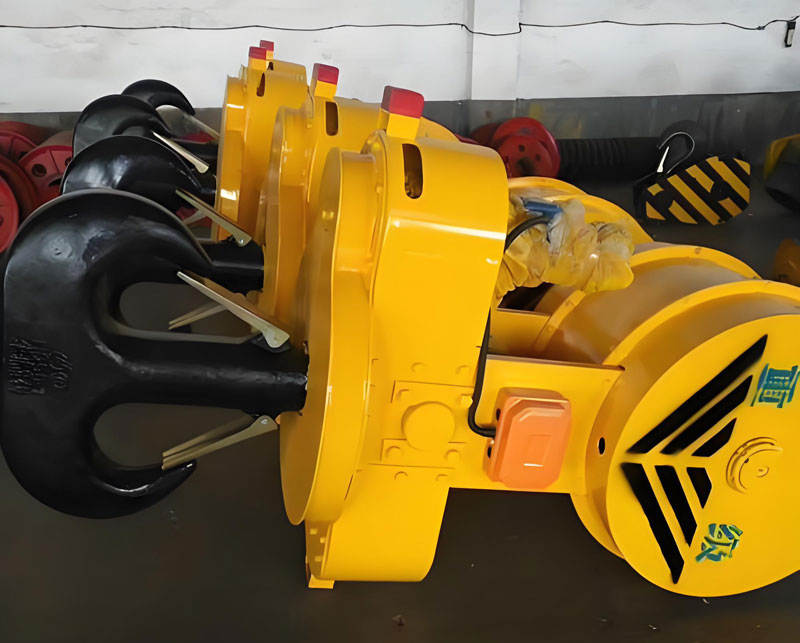
The Dire Consequences of Non-Certified Hooks
Using uncertified hooks is playing Russian roulette with safety and liability:
- 1. Catastrophic Failure Risk: Inferior materials, poor design, or hidden flaws can lead to sudden hook failure, dropping the load with potentially devastating consequences for personnel and equipment.
- 2. Compliance Violations & Fines: Оша (Управление по охране труда) and other regulatory bodies explicitly require lifting equipment, including hooks, to meet recognized standards like ASME B30.10. Failure to comply results in citations and hefty fines.
- 3. Increased Liability: In the event of an accident involving an uncertified hook, liability falls squarely on the owner/operator. Insurance claims can be denied, and lawsuits become significantly harder to defend.
- 4. Operational Downtime: An incident caused by hook failure halts operations immediately, leading to costly delays and project setbacks.
- 5. Reputational Damage: Safety incidents severely damage a company’s reputation and its ability to win future contracts.
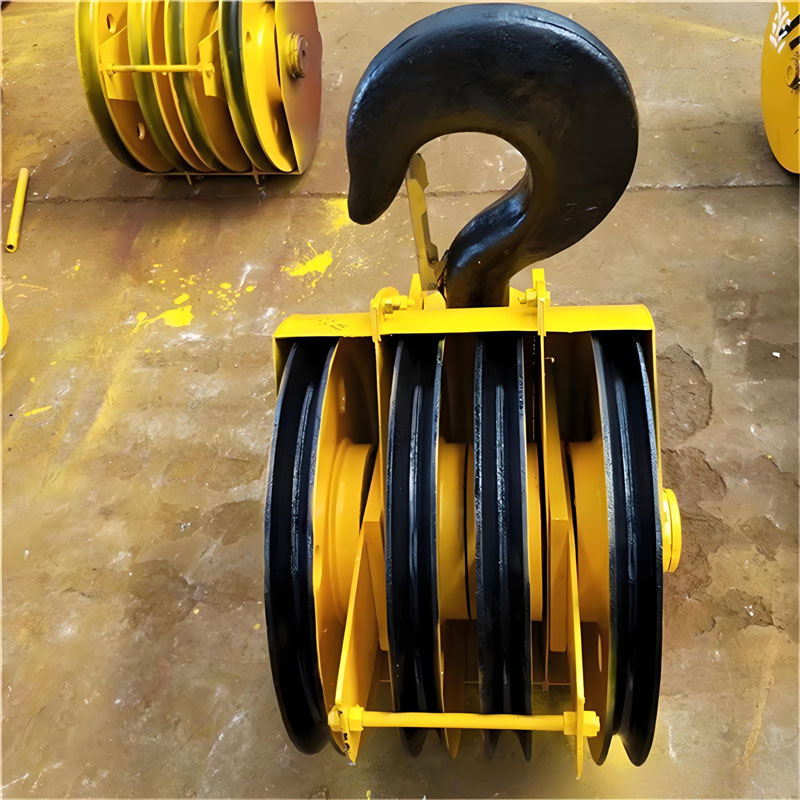
Beyond Initial Certification: The Ongoing Commitment
ASME B30.10 certification isn’t just a one-time factory event. The standard mandates:
- 1. Regular Inspections: Hooks must undergo frequent visual inspections by operators and periodic inspections by qualified personnel (often annually or quarterly, depending on service) to identify wear, деформация, трещины, or throat opening increases.
- 2. Record Keeping: Documentation of inspections, ремонт, and proof testing must be maintained.
- 3. Правильное использование & Handling: Hooks must be used within their rated capacity, without modifications, and protected from damage during handling and storage.
- 4. Re-certification: If a hook undergoes significant repair or shows signs of wear near its limits, it must be re-proof tested and re-certified by a qualified entity before being returned to service.
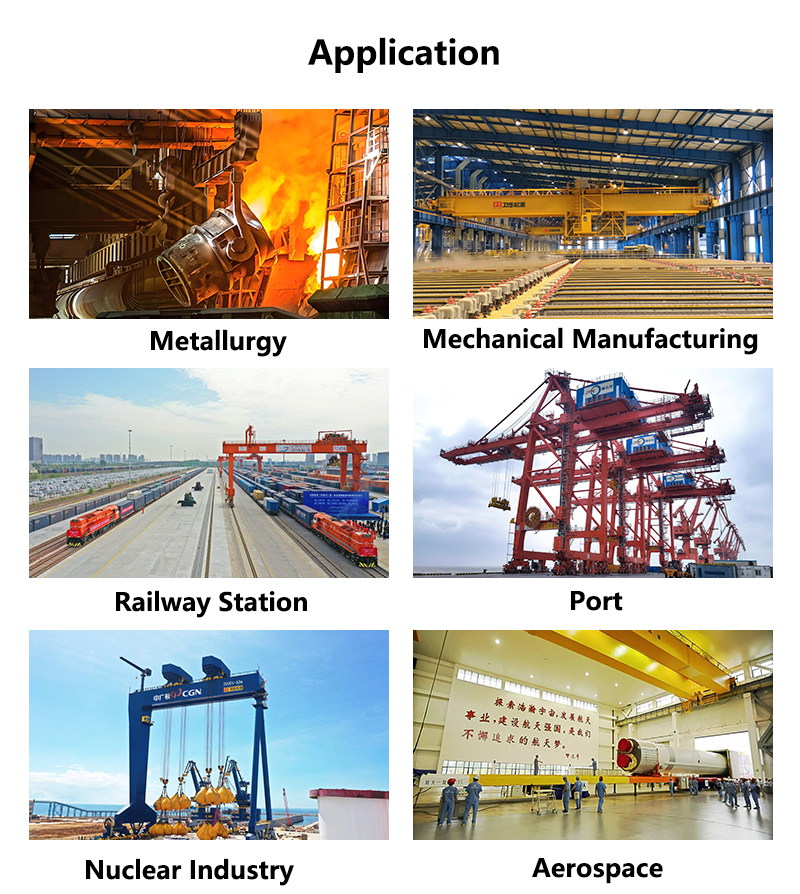
How to Ensure You’re Using ASME B30.10 Certified Hooks
- 1. Source Reputable Suppliers: Purchase hooks only from established manufacturers and distributors known for adherence to ASME standards.
- 2. Demand Proof: Ask for documentation confirming the hook meets ASME B30.10. Be wary of vague claims or counterfeit markings.
- 3. Verify the Markings: Inspect every new hook for the required permanent markings (Номинальная нагрузка, Manufacturer, Прослеживаемость).
- 4. Implement Rigorous Inspection & Обслуживание: Follow the inspection frequencies and procedures outlined in ASME B30.10 and your company’s safety program. Remove damaged hooks from service immediately.
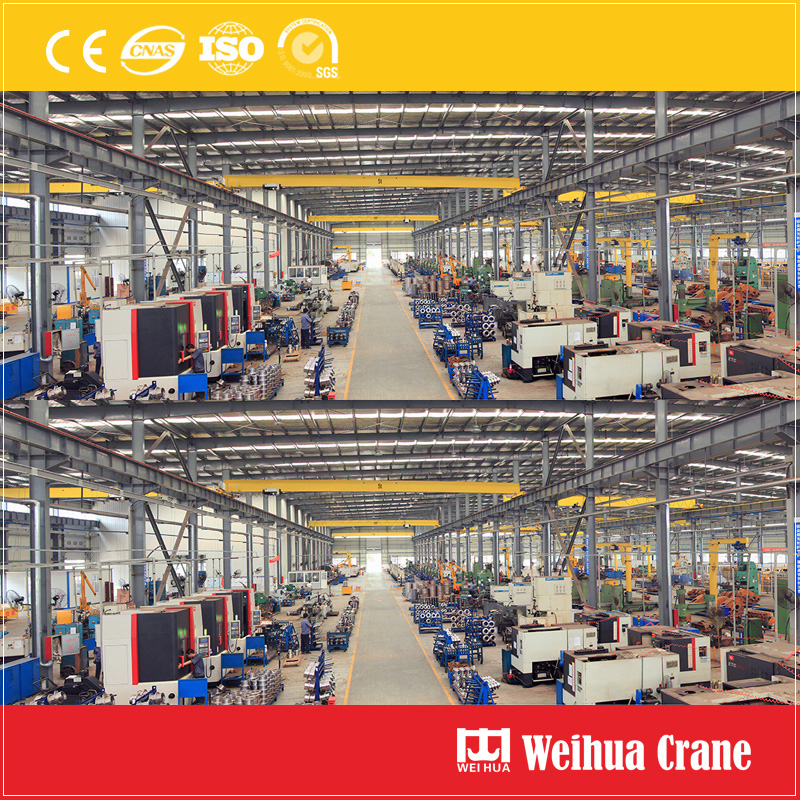
An ASME B30.10 certified crane hook is more than just a piece of metal; it’s a critical safety component engineered and tested to the highest standards. It represents a commitment to protecting your workforce, your assets, и ваш бизнес. Never compromise. Insist on ASME B30.10 certification for every Крюк Крюк in your operation. It’s the lifeline you, and everyone on your site, absolutely depend on.







Последние комментарии